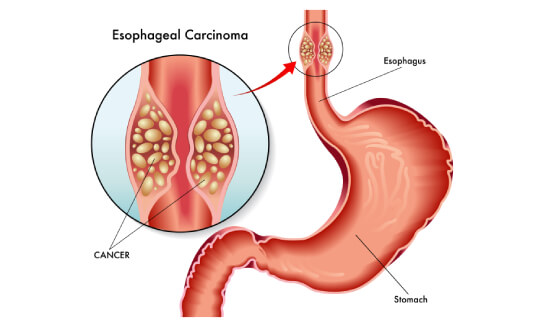Medical Blog About Treatment Abroad
Welcome to our medical blog – it is dedicated to empowering patients with knowledge about global healthcare! We created this platform with the intention to bridge the gap between patients and the medical innovations available globally.
What's Inside: Discover new and rare methods in oncology, immunology, heart surgery, neurosurgery, and other medical fields! Our health travel insights show how medical journeys open new possibilities with advanced treatments unavailable locally, including specialized cancer care abroad.
Who Benefits: This resource is for patients and their families who seek new treatment methods and explore options at leading international hospitals. Those who want to make informed healthcare decisions beyond borders.
Why Read: Booking Health experts provide verified information through patient-friendly articles – they translate complex medical advances into accessible info. Stay current with the latest developments in global healthcare and discover how international medicine can transform treatment outcomes!
Browse our latest articles and take the first step toward better health outcomes!
Oncology
 Electrochemotherapy for Cancer Treatment
Electrochemotherapy for Cancer Treatment
Cancer remains one of the most complex challenges. If we have a look at numbers, in 2020, approximately 19.3 million new cancer cases emerged worldwide, claiming nearly 10 million lives. By 2022, that figure had climbed to 20 million new diagnoses annually – one in five people will develop cancer during their lifetime. Perhaps even more striking?
 Comprehensive Guide to Head and Neck Cancers
Comprehensive Guide to Head and Neck Cancers
According to GLOBOCAN, head and neck cancers (HNC) were the sixth most common cancer in 2022, with 946,456 new cases. Head and neck cancers comprise a diverse group of malignancies that originate from the upper aerodigestive tract (cancers of the lip, oral cavity, nasal cavity, larynx, nasopharynx, oropharynx, hypopharynx and...
 Stomach Cancer Treatment Guide
Stomach Cancer Treatment Guide
Hearing the words "stomach cancer" can feel like the ground disappears beneath you. Fear, confusion, and a flood of questions - with no time to waste. What happens next? What are the treatment options? Is there hope for recovery? This guide is here to give you clarity in the chaos. We’ve gathered clear, reliable, and up-to-date information to walk you...
 Cervical Cancer Treatments Guide
Cervical Cancer Treatments Guide
Cervical cancer is one of the most frightening diagnoses to give to a woman. More than half a million new cases are reported every year worldwide, and half are diagnosed at late stages when the patient already shows signs of the disease. New technologies in screening and vaccines have enhanced early diagnosis, but problems remain...
 Ovarian Cancer Treatment Options in Germany
Ovarian Cancer Treatment Options in Germany
Ovarian cancer is a significant global health concern, ranking as the eighth most common cancer among women. In 2022, there were approximately 324,603 new cases worldwide, with over 206,000 related deaths. The disease often presents with non-specific symptoms, leading to late-stage diagnoses and a global five-year survival rate ranging...
 Esophageal Cancer Guideline: All Treatment Options
Esophageal Cancer Guideline: All Treatment Options
Esophageal cancer remains one of the most lethal malignancies of the digestive tract, responsible for approximately one in twenty cancer-related deaths globally. More than 500,000 new cases were diagnosed worldwide in 2022, with the burden especially high in East Asia and certain regions of Africa. In the United States...
 Liver Cancer Treatment with Dendritic Cell Therapy
Liver Cancer Treatment with Dendritic Cell Therapy
Liver cancer remains one of the most pressing global health challenges of the 21st century. It is the third leading cause of cancer-related deaths worldwide, with hepatocellular carcinoma (HCC) accounting for the vast majority of cases. According to the Global Cancer Observatory, over 900,000 new liver cancer cases were diagnosed in 2022 alone...
 HIPEC Treatment for Cancer
HIPEC Treatment for Cancer
Hyperthermic Intraperitoneal Chemotherapy (HIPEC) is a highly targeted cancer treatment used for tumors that have spread within the abdominal cavity. Unlike standard chemotherapy, HIPEC delivers heated, high-dose drugs directly into the abdomen after surgical tumor removal, allowing for stronger local action with fewer systemic...

